This is certainly a busy busy period~~ First with ADEX, EARTH DAY(!!!), coral spawning, various intertidal activities, and I find myself involved in training up and bringing a group SMUX divers for their annual ReefAlert at Dayang. Think this is their 3rd year heading to Malaysia to do ReefCheck surveys, and Gill Divers has been organising these annual ReefAlerts and getting BWV ReefFriends involved as well. They had their pool session on sunday, and the RC theory started last night and would continue on until Thursday before we leave for Dayang on Friday night.
papajeff kicked off the series of theory sessions with a quick introduction to our local waters and reefs, as well as an overview to the different tasks buddy pairs would be assigned.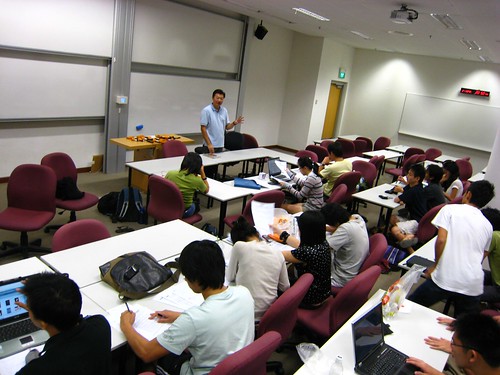
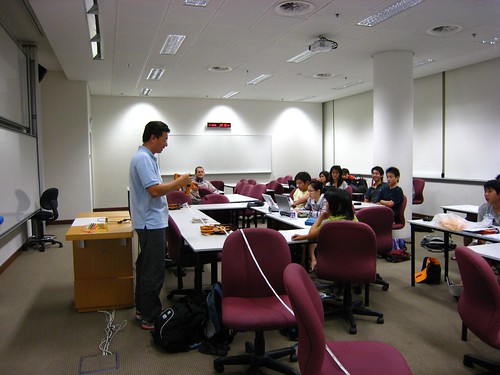
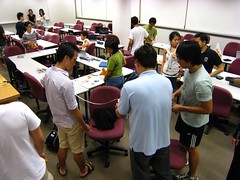
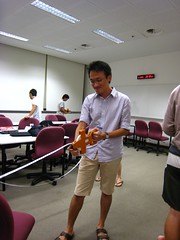
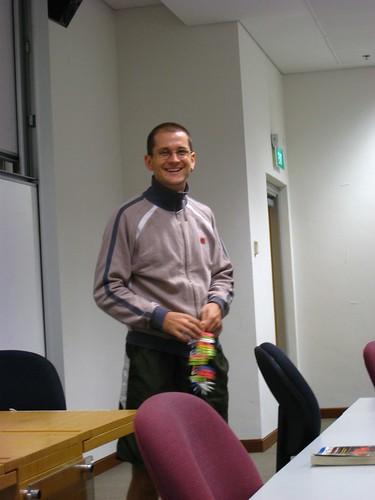
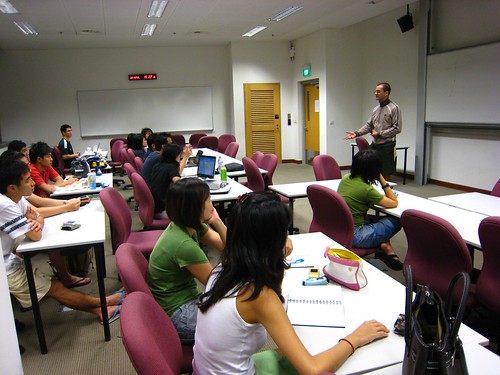
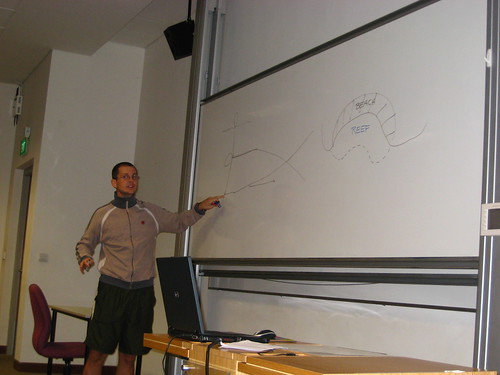
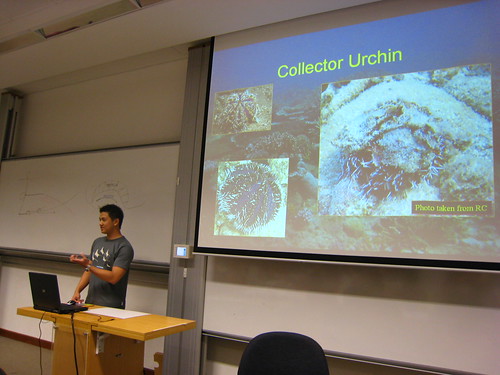
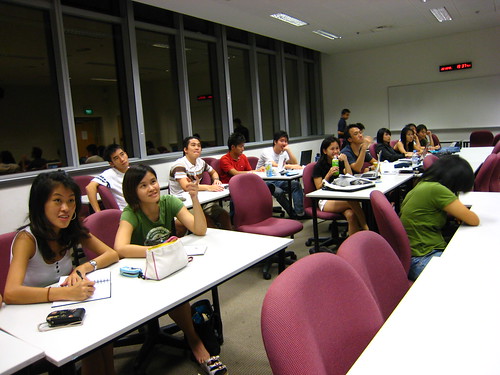
day night. Hope we didn't scare off too many of them since we still have to go through the fish groups tomorrow, and have they take the "final exam" on Thursday! 
And on a totally irrelevant note, I get to collect my regulator set tomorrow. Can't wait!!! ^_^
papajeff kicked off the series of theory sessions with a quick introduction to our local waters and reefs, as well as an overview to the different tasks buddy pairs would be assigned.










And on a totally irrelevant note, I get to collect my regulator set tomorrow. Can't wait!!! ^_^



No comments:
Post a Comment